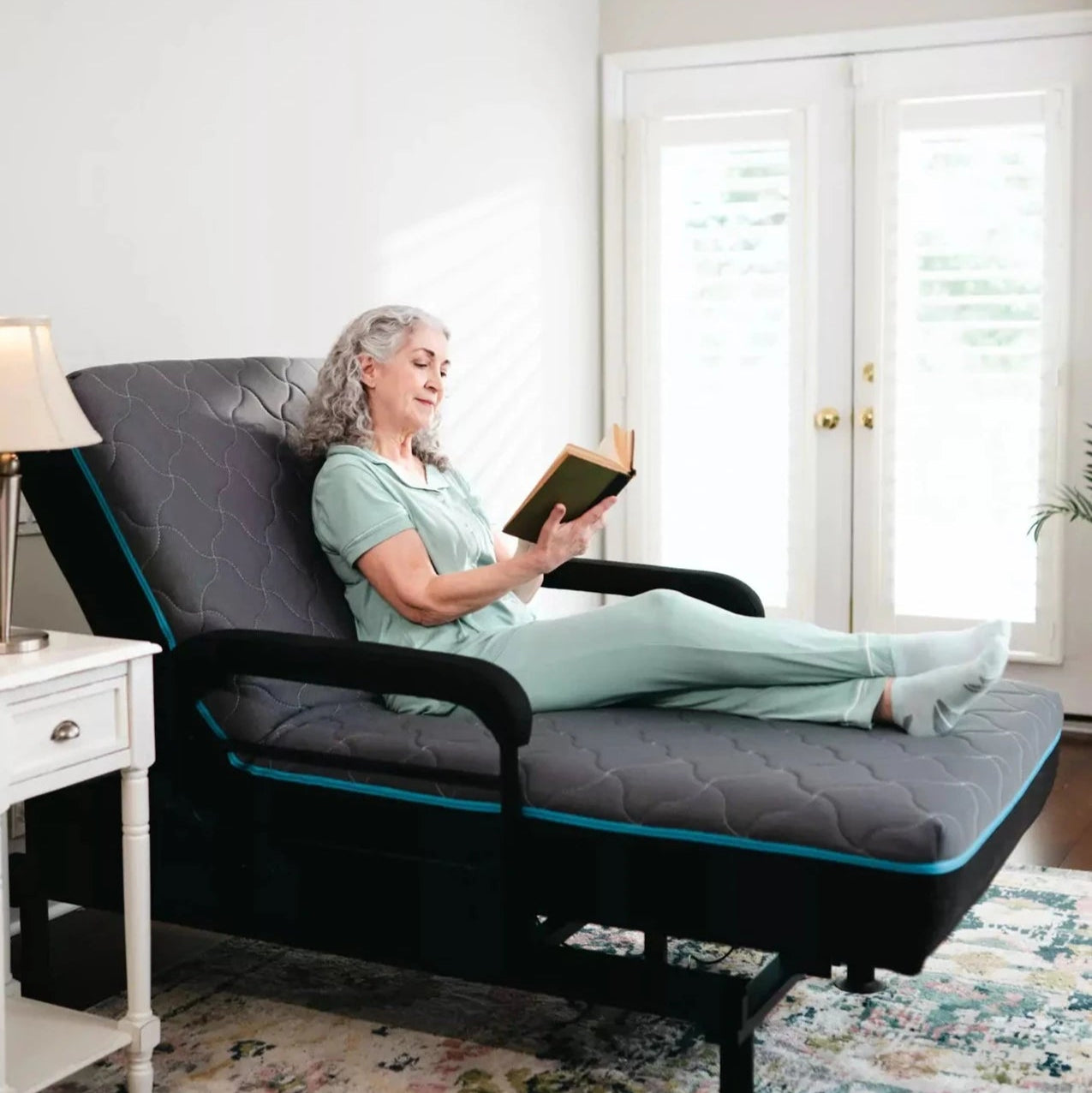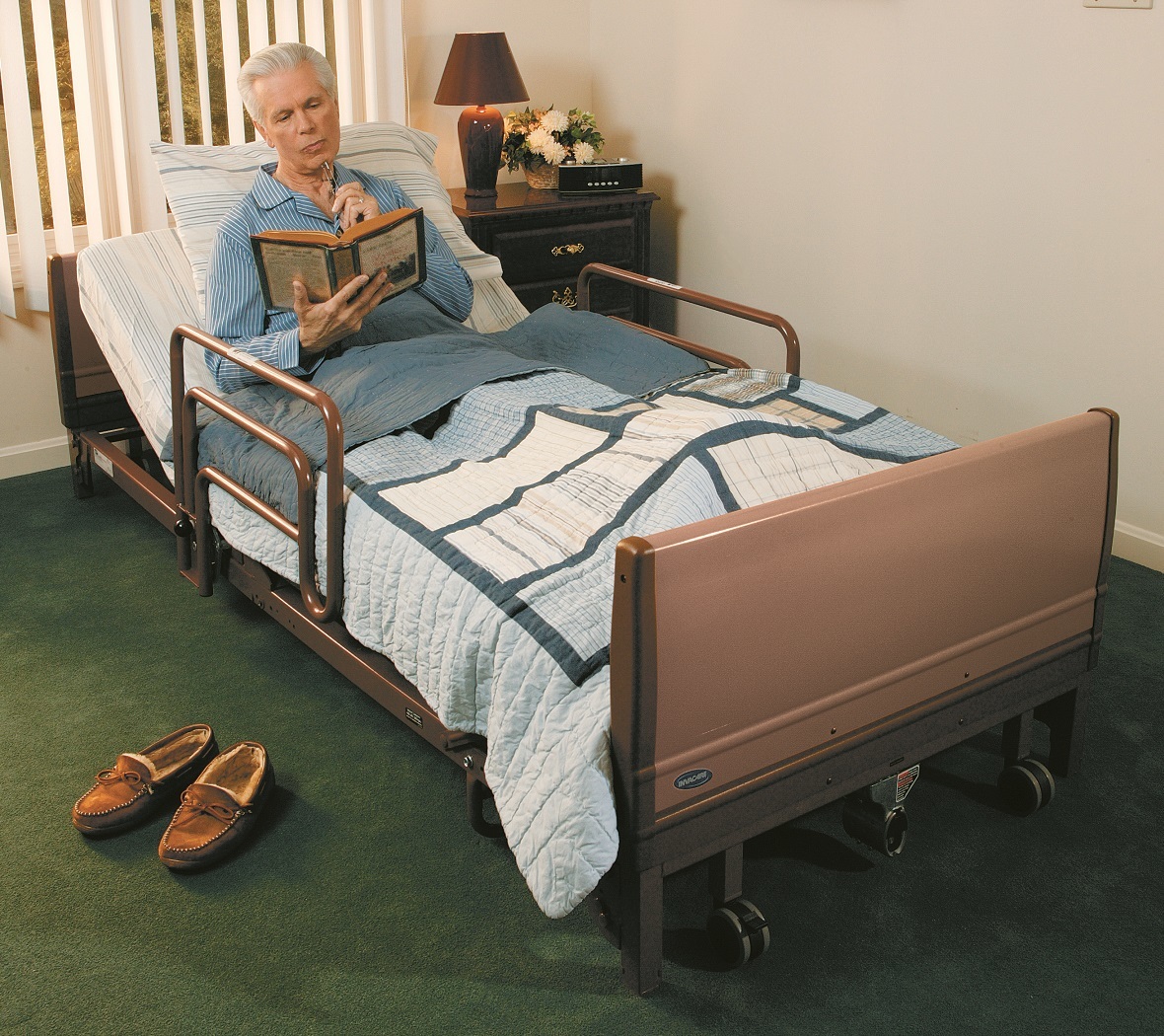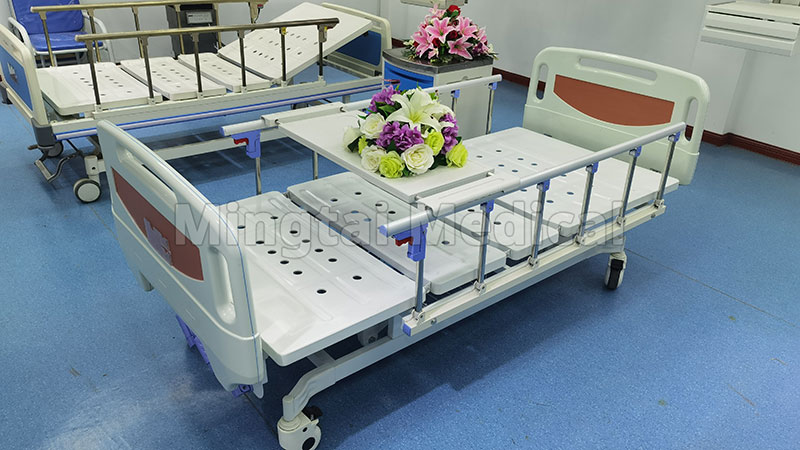Getting The Hospital Beds For Home Use To Work
Getting The Hospital Beds For Home Use To Work
Blog Article
Hospital Beds For Home Use Can Be Fun For Everyone
Table of ContentsHospital Beds For Home Use for BeginnersThe Best Strategy To Use For Hospital Beds For Home UseGetting The Hospital Beds For Home Use To Work8 Easy Facts About Hospital Beds For Home Use ExplainedIndicators on Hospital Beds For Home Use You Need To KnowSee This Report about Hospital Beds For Home UseHospital Beds For Home Use Things To Know Before You Buy
There are 3 primary kinds of healthcare facility beds: handbook, semi-electric, and fully-electric. These beds make use of hand cranks to change the bed's height and increase and lower the head and the foot.
Semi-electric beds have an electric motor to increase and lower the head and foot parts of the bed (hospital beds for home use). Full-electric beds have an electrical motor that can raise the head and foot areas of the bed as well as the whole height and positioning of the bed.
Hospital Beds For Home Use - Truths
Some designs can likewise relocate into more settings, such as the Trendelenburg (tilt) position. There are several types of healthcare facility beds, each developed to meet specific patient needs. Below are some usual kinds: This is the most common kind of medical facility bed, created for basic medical usage. It has a handbook or electrically adjustable headrest, footrest, and elevation.
Reduced to the ground than a common bed. This type of bed is developed for bigger clients, with a wider framework and greater weight ability than a conventional bed.
This type of bed is made for critically unwell patients that require open monitoring and specialized clinical tools such as ventilators and infusion pumps. This type of bed is developed for use throughout labor and shipment, with flexible settings and attributes to support the mommy and baby throughout the birth procedure.
Some Known Incorrect Statements About Hospital Beds For Home Use
Several feature and the accessories do expanding traction to various parts of the vertebra and the extremities without moving the human body. These are just a few instances of the kinds of health center beds readily available. The specific kind of bed made use of will depend upon the person's problem, clinical requirements, and various other aspects.
Below is the important things you need to understand. A one-function hospital bed is a clinical bed that allows a person to relocate only the head or foot area up or down. A 2 feature healthcare facility bed usually refers to a kind of medical bed that has two adjustable features to help patients in medical facilities or treatment centers.

The Definitive Guide for Hospital Beds For Home Use
A 7-function ICU bed is a kind of medical bed that provides numerous flexible features to sustain critically unwell individuals in a critical care unit (ICU) (hospital beds for home use). click here now The 7 functions usually consist of: Backrest change: The backrest can be gotten used to various angles to help the person sit up or rest conveniently
Height adjustment: The bed can be increased or decreased to make it simpler for individuals to enter and out of bed, and for caretakers to give care. Trendelenburg setting: The whole bed can be tilted to promote blood flow and circulation in the body. Reverse Trendelenburg setting: The bed can additionally be slanted in the contrary direction to promote blood circulation and blood circulation in the top body.
While more affordable than electrical models, these beds require exertion for modifications. The major benefits of manual beds are their price and integrity, as they do not rely on electrical power. Nevertheless, the demand for hand-operated effort can be a restriction in scenarios where fast changes are necessary or where caretakers deal with physical obstacles.
More About Hospital Beds For Home Use
Semi-electric health center beds provide an equilibrium of manual and electrical controls. These beds offer a perfect center ground between guidebook and fully electrical alternatives, providing simplicity of use without the full expense of electrical versions.
Semi-electric beds are well-suited for individuals that need moderate changes to the head and foot sections however can take care of without regular elevation adjustments. This makes them an economical remedy for those seeking comfort and convenience without the requirement for continuous repositioning. Totally electrical medical facility beds feature electrical controls for smooth changes to the elevation, head, and foot areas.
Specialty healthcare facility beds, such as ICU beds, long-lasting treatment beds, and bariatric beds, are very carefully made to address certain medical requirements. These beds supply tailored look after varied client groups, enhancing both results and convenience. In the adhering to areas, we will certainly check out the major kinds of specialized hospital beds, describing their details advantages and applications.
With years of experience in manufacturing electrical direct actuators - hospital beds for home use and close cooperation with the medical care market, TiMOTION is well-positioned to give dependable medical care solutions. Our vertically incorporated firm takes care of every action of the production process, from design to actuator assembly, ensuring we supply exceptional worth and tailored view publisher site remedies customized to your details requirements
A Biased View of Hospital Beds For Home Use

To read more about incorporating these modern technologies into your items, call us today. click resources More analysis:.
Information is sourced from the Medicare Expense Report. Accessed January 2025. Short-term acute care health centers have the greatest average number of beds at 187. They are the most common type of hospital in the united state and comprise even more than 50% of U.S. medical facilities. Children's medical facilities have 178 beds on average and VA hospitals ordinary 175 beds.

Our Hospital Beds For Home Use Ideas
A health center bed is a bed designed specifically for clinical objectives. It is not only a location for patients to rest, however additionally a system for clinical operations. Unlike average home beds, health center beds usually have adjustable attributes, which can facilitate medical personnel to make numerous adjustments according to the needs of individuals, such as transforming the elevation, disposition, and support angle of the back and legs of the bed.
Report this page